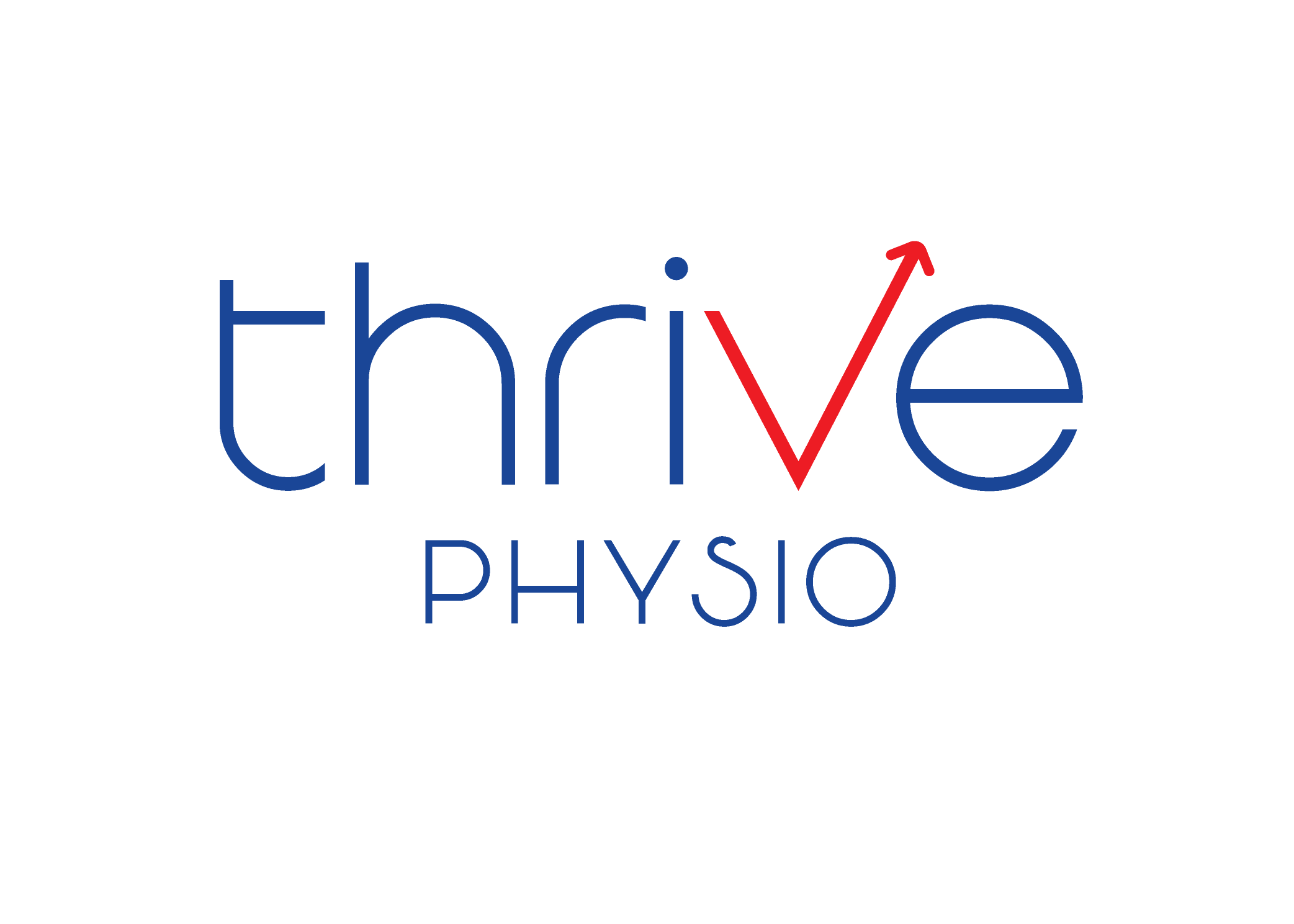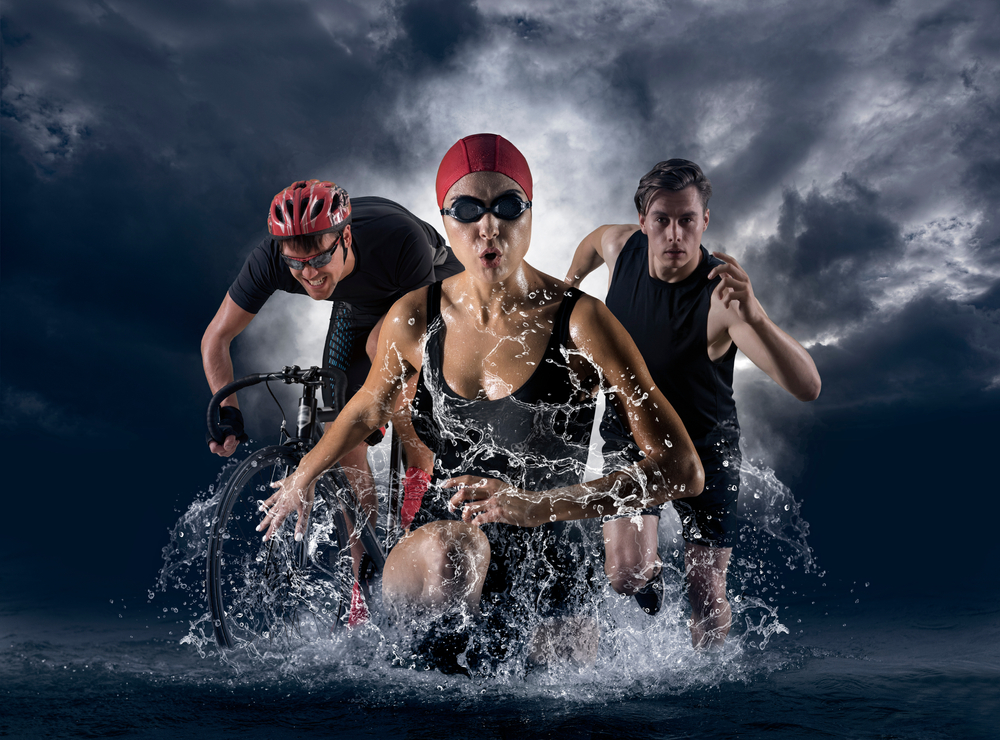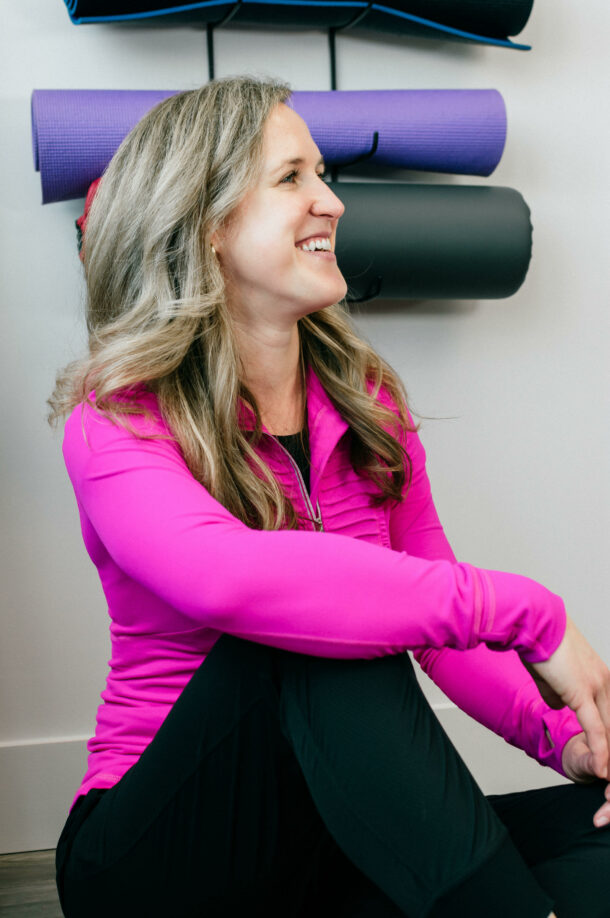We’ve all been there- our friend asks you to fill in on their intramural softball team and you pull a hamstring on your first sprint down the baseline. You go out for a round of golf after work with our coworkers and feel your lower back tweak when you tee off later in the round. Or you decide to play intramural volleyball and collide with your teammate when you both go after an errant ball. Of course these sports come with some inherent risk, but there is a lot under your control that can help prevent injury from occurring. Here are three simple strategies to keep you IN the game:
- Make time for warm-up
Professional athletes who condition full time for their sport still have to warm up appropriately before their games. Even though you may not be competing at the Olympic level, you are still taking each swing, initiating each sprint, and winding up for each throw to the best of your ability on that given day. The effort is still 100% of what you have to give that day. Therefore, you need to warm your body up to that 100% level gradually. Just like a car spins its tires if you try to floor it from 0 to 60 mph (or, my Mazda 3 would 🙂), your body is going to struggle to go from sitting 8 hours at a desk to sprinting out of the box after your first kickball kick or pivoting on the pickleball court to chase down the ball that your opponent just hit down the line. Warm ups should be:
-Dynamic- In other words, get your blood flowing. No static stretching- no 30 second hamstring stretch holds, no minute-long child’s pose. Keep moving!
-Sport specific- Ideally you focus on movements that mimic the type of effort you will need in your sport. If you are a tennis player, make sure to include upper back rotation and outer hip activation. If you are a golfer, make sure to activate your core and find ways to encourage your upper back to move separately from your hips. If you are a kickballer, make sure to jog and work into quicker sprints to warm up the fast twitch muscles of your legs.
-Long enough to raise your heart rate and increase your body temperature
- Use the right gear and equipment
Set yourself up for success by investing in properly fitted gear and equipment appropriately suited to your environment. For instance, playing golf with a set of clubs that fits you not only helps your game, but prevents you from changing your posture to fit the club…which is probably not the best for your body. Finding the appropriate set of cleats or spikes prevents slipping or getting caught in turf which can result in knee and ankle injuries. Wearing extra layers when it’s cold out keeps your core body temperature up. Having the right water bottle for easy access and use keeps you hydrated. If needed, compression sleeves or kinesiotape may help your body feel more safe and secure during your sport which minimizes compensatory strategies. This equipment may cost a few extra dollars, or require a bit of searching to find the right gear, but it will be well worth it when your body stays healthy and injury-free all season long.
- Recognize your physical limitations
As much as we’d all like to believe we are invincible, life has probably taught us at some point that this is not exactly accurate. It is important to be honest with yourself about your capabilities on the field, course or court. Of course age is one consideration here- as we age we find that our strength, speed, power and endurance change. But your physical capacity also differs on a day to day basis. It is important to ask yourself:
-How much sleep did I get last night?
-What has my diet been like over the past few weeks?
-How are my general stress levels?
-What has my activity level been like over the past few weeks?
The answers to all of these questions will impact the health of your body and your physical limitations on a given day. In contact sports, it is especially important to recognize your physical limitations to avoid unnecessary contact with opponents or teammates. Knowing where you are in space, and how much ability you have to quickly stop/start will greatly impact this. Other players, and your own body, will thank you if you have an accurate understanding of your strengths and weaknesses!
Consider these tips as the spring season gets underway. Reach out at https://thrivingpt.com/contact/ if you have any questions on how to prevent injury in your upcoming season!



